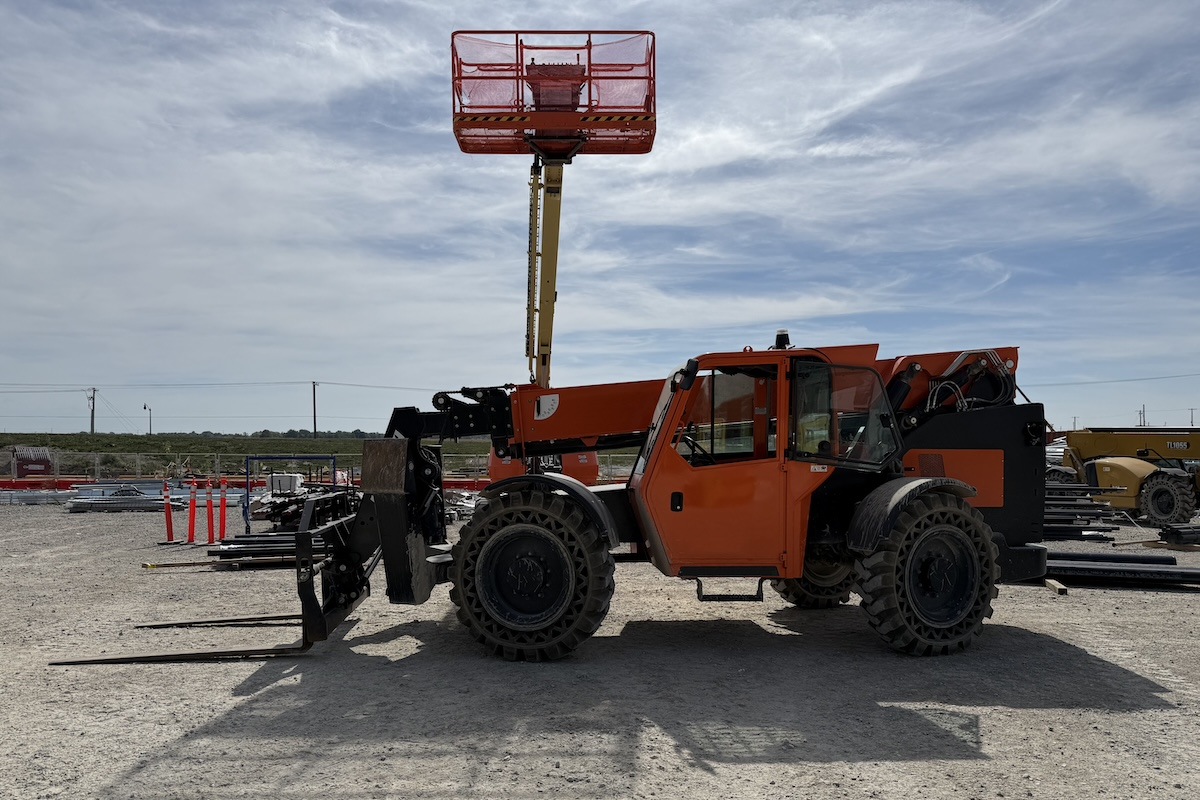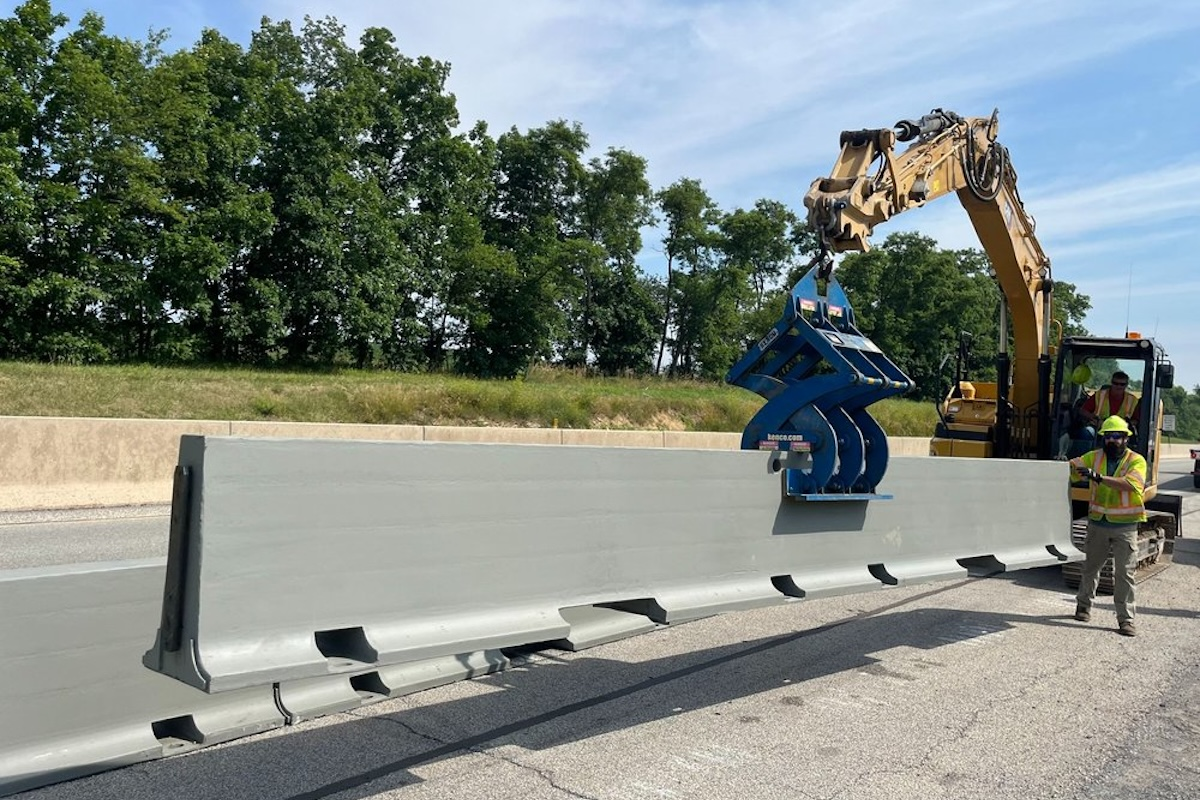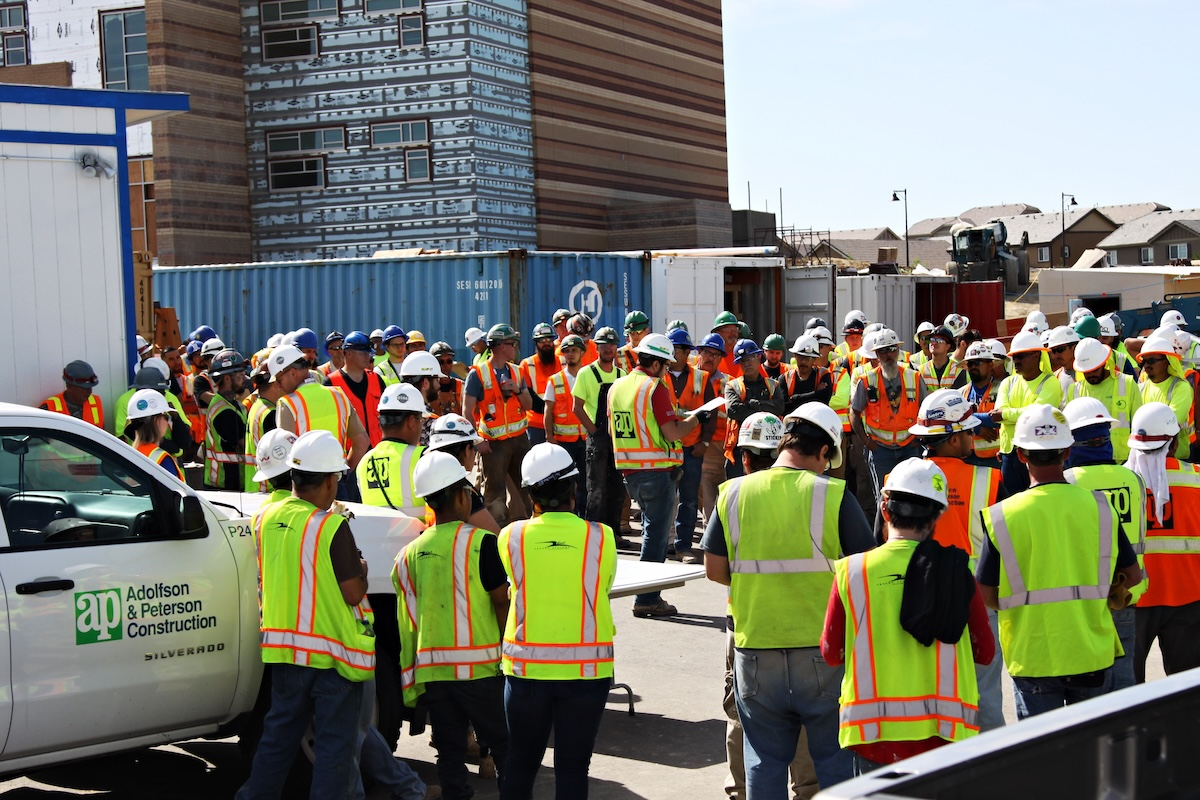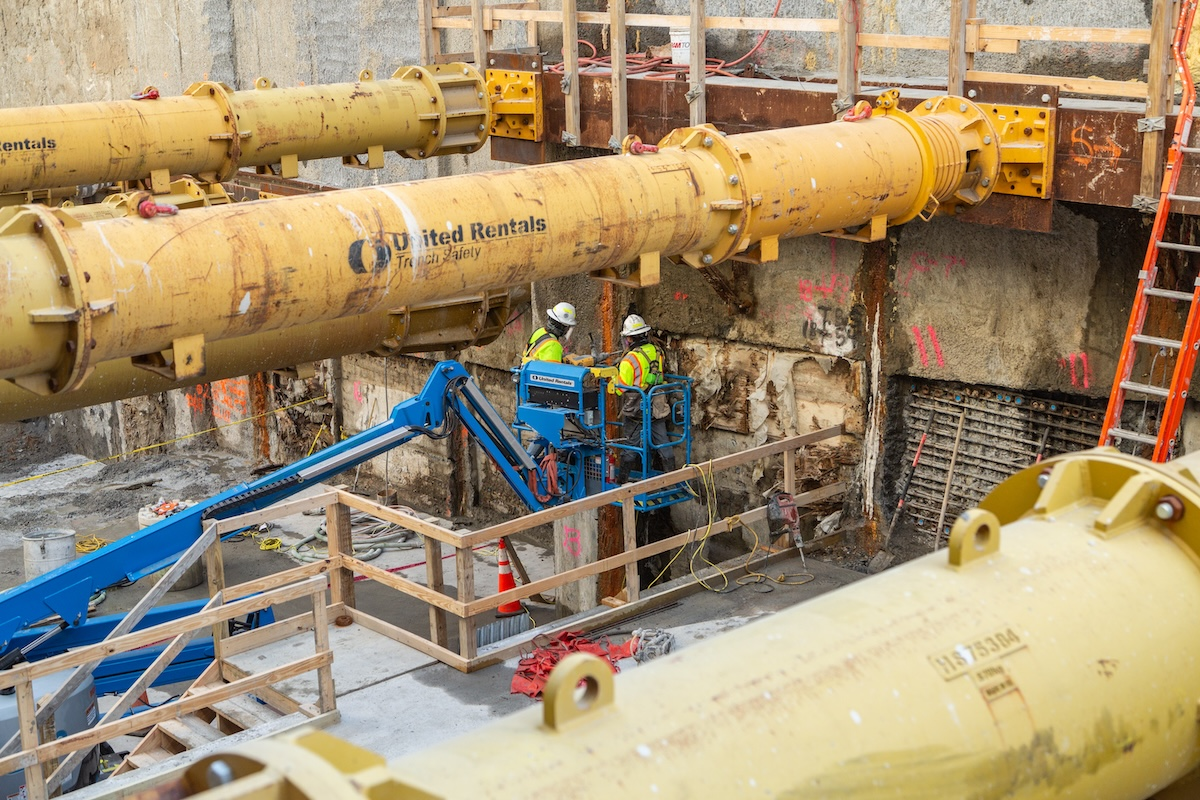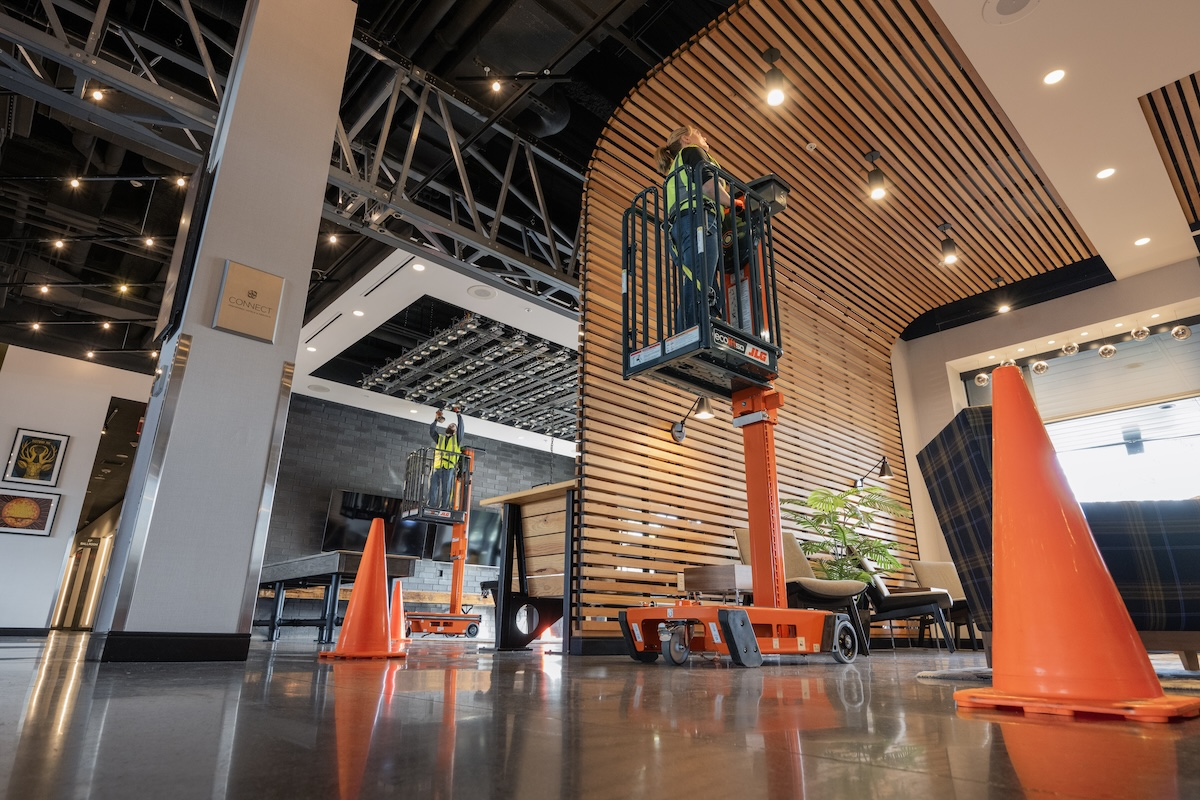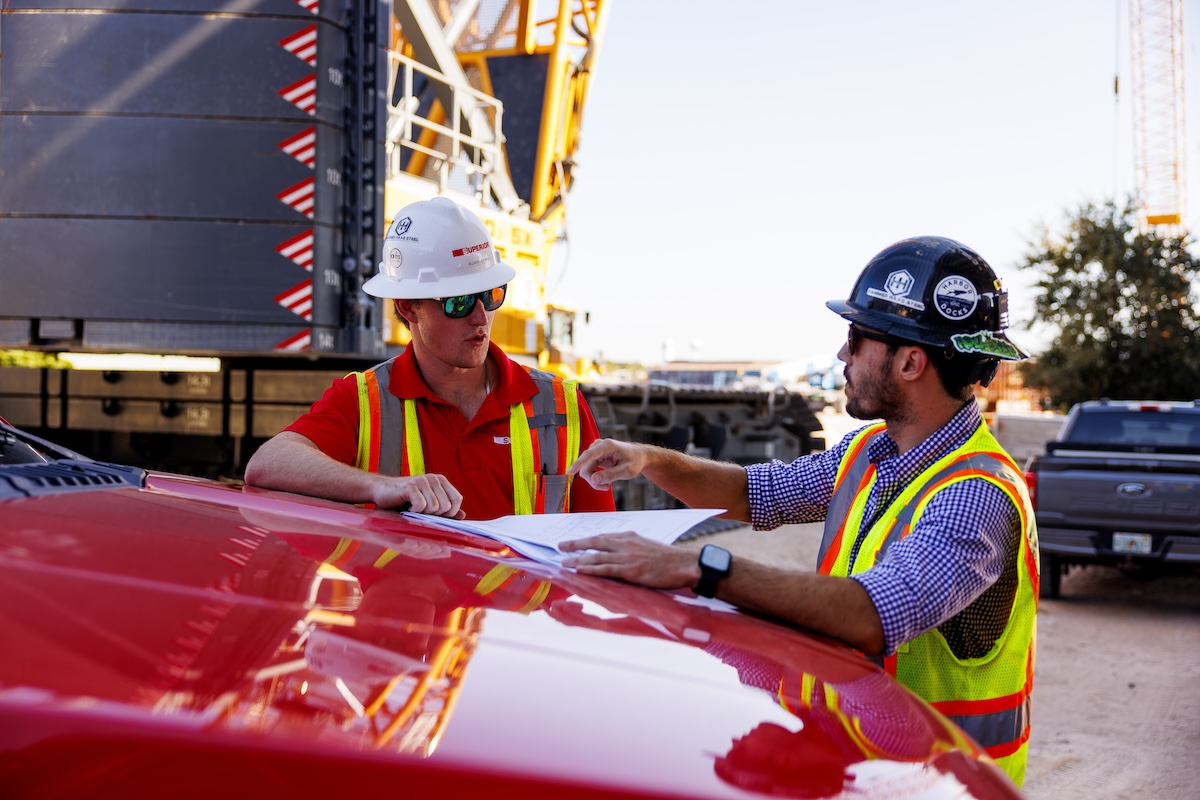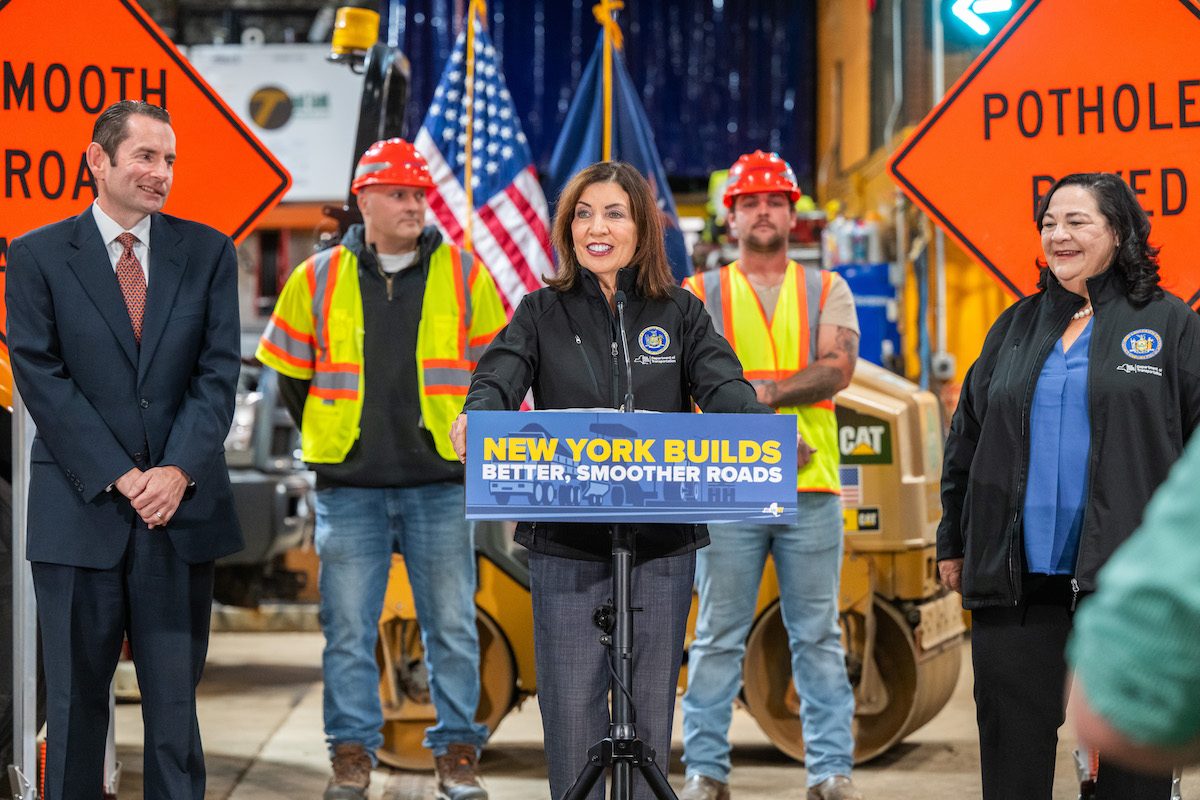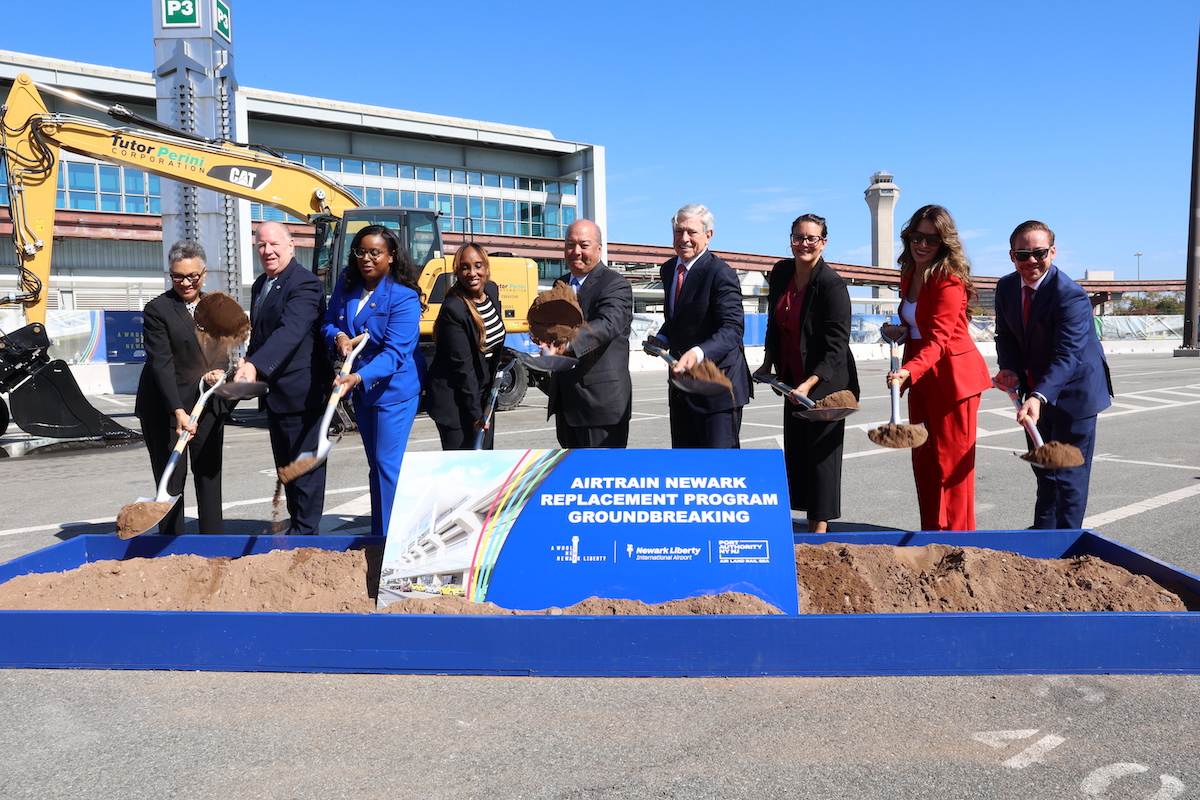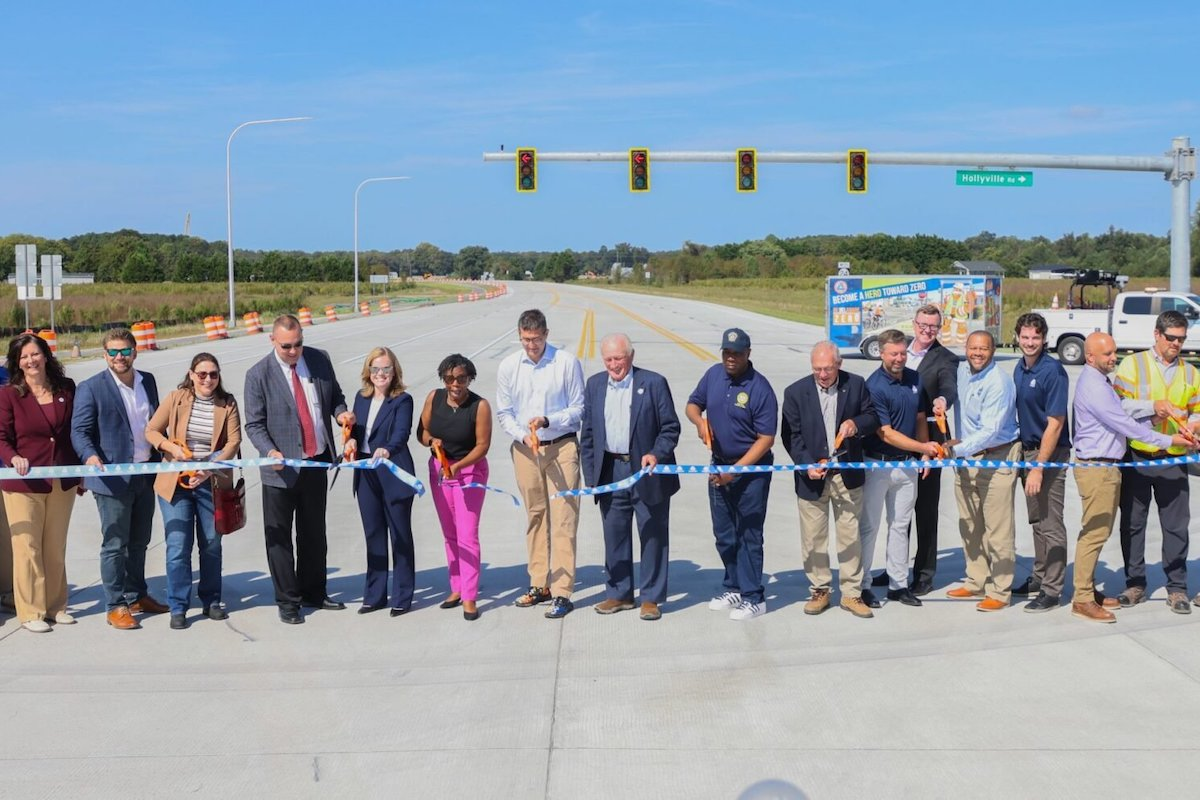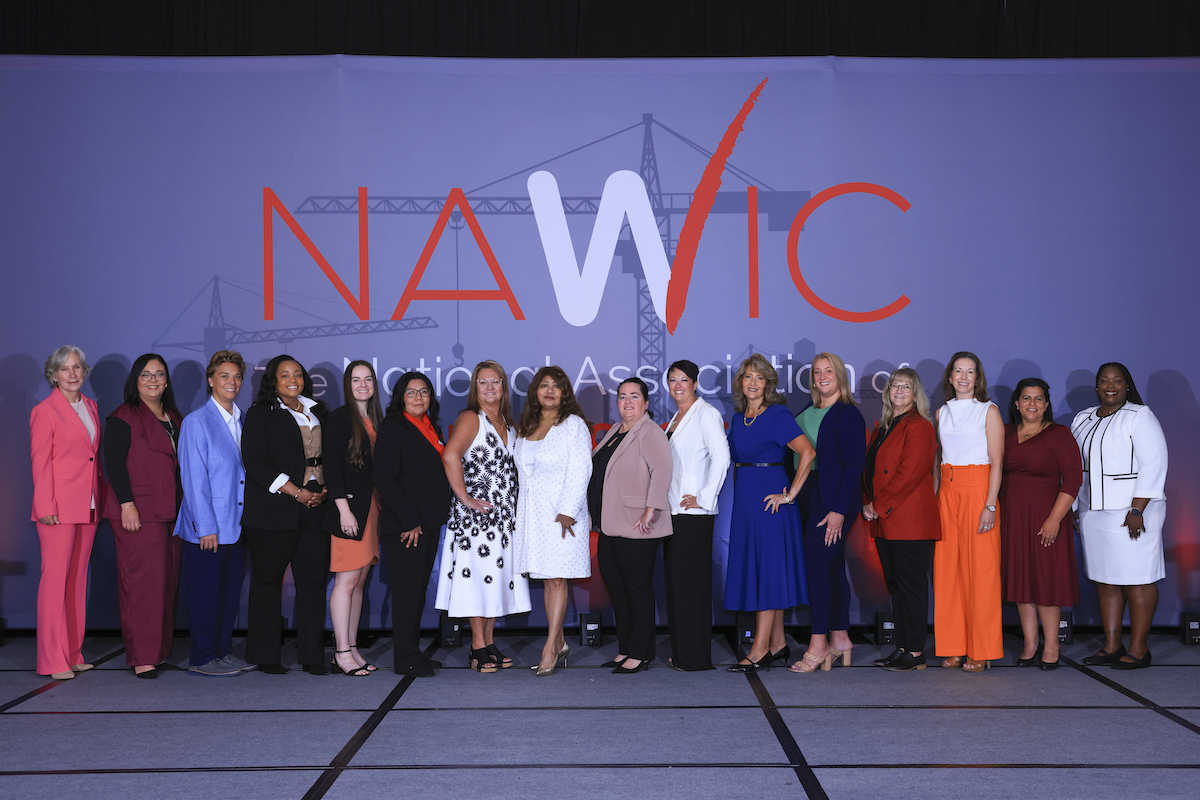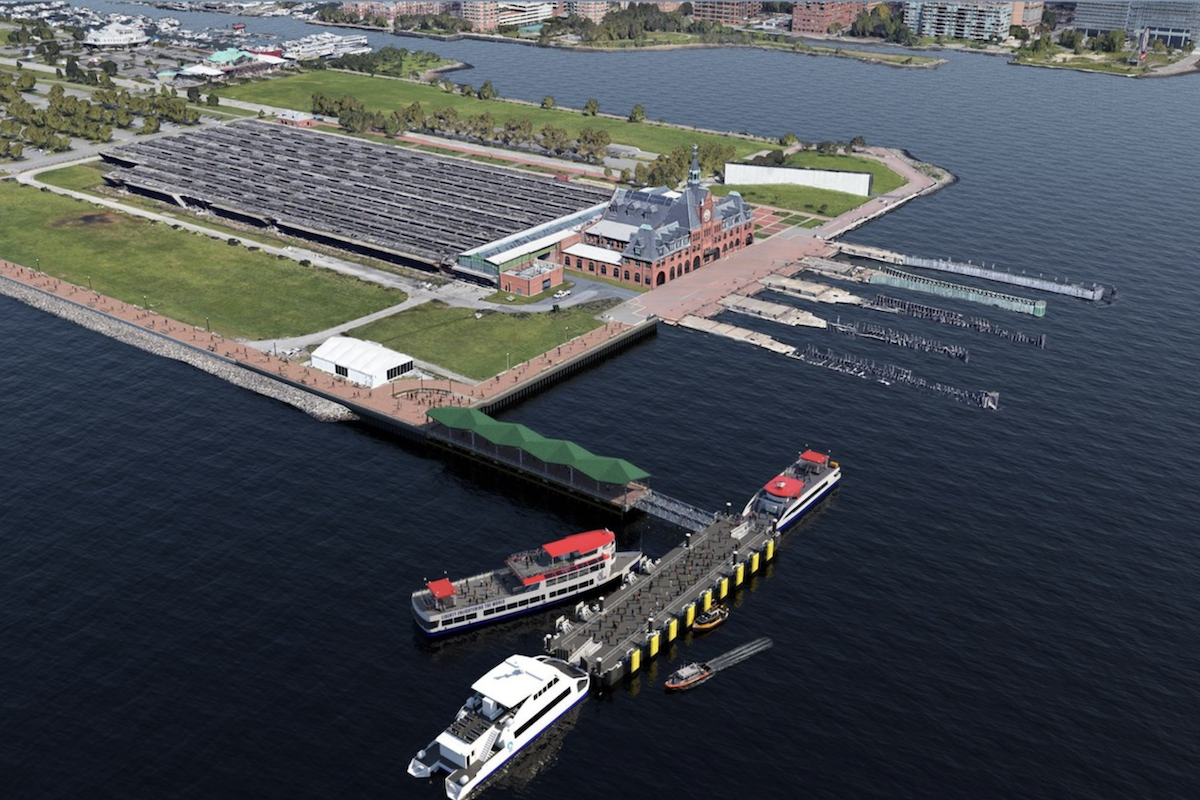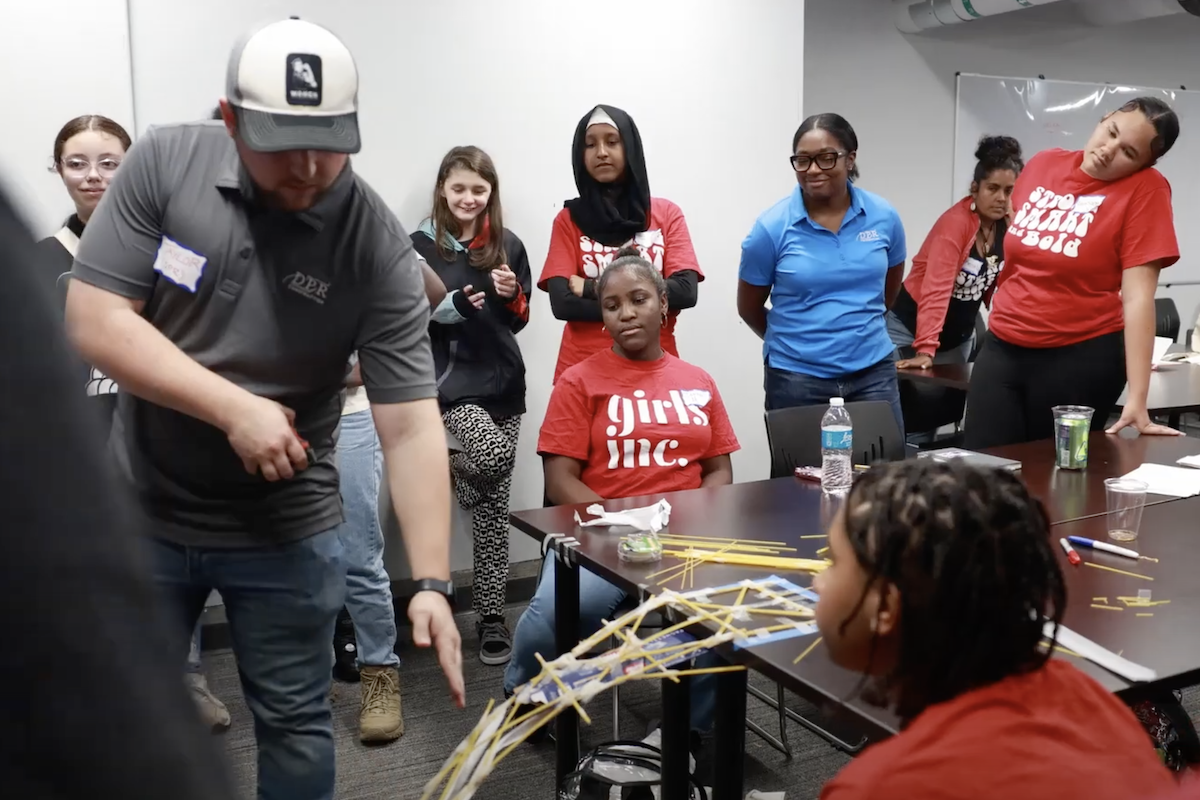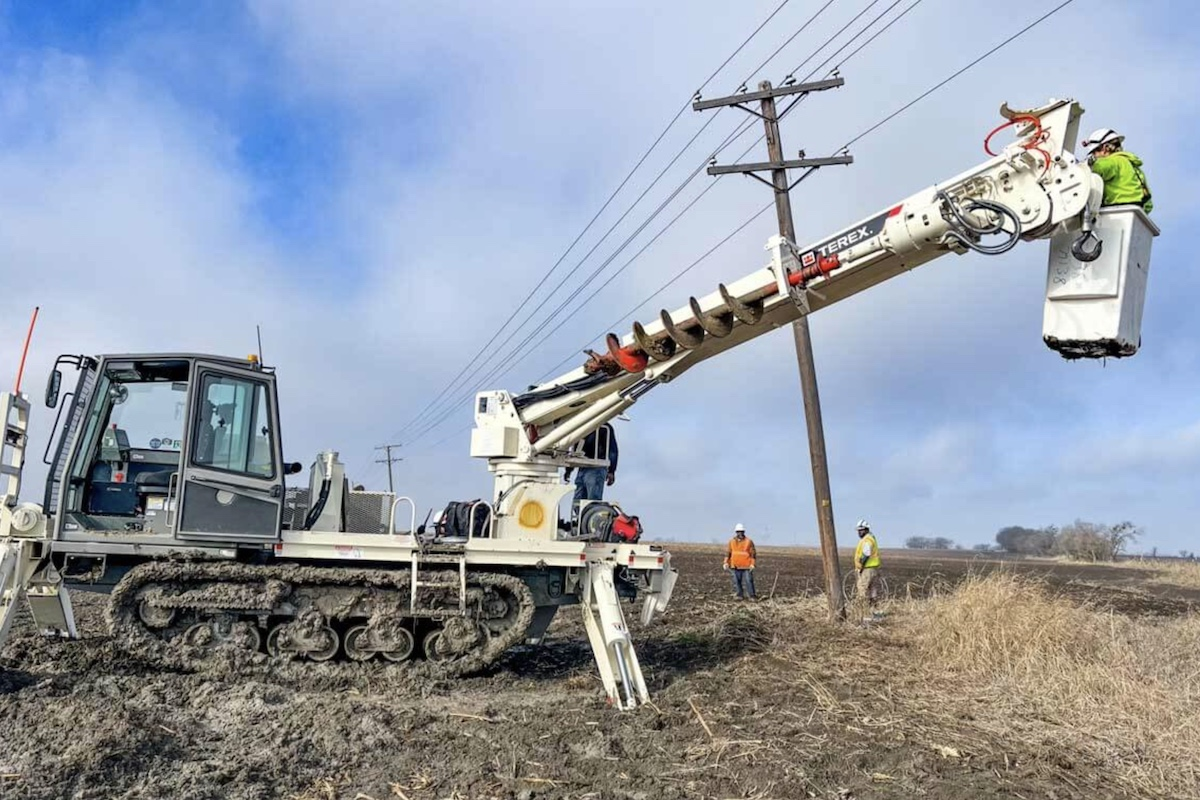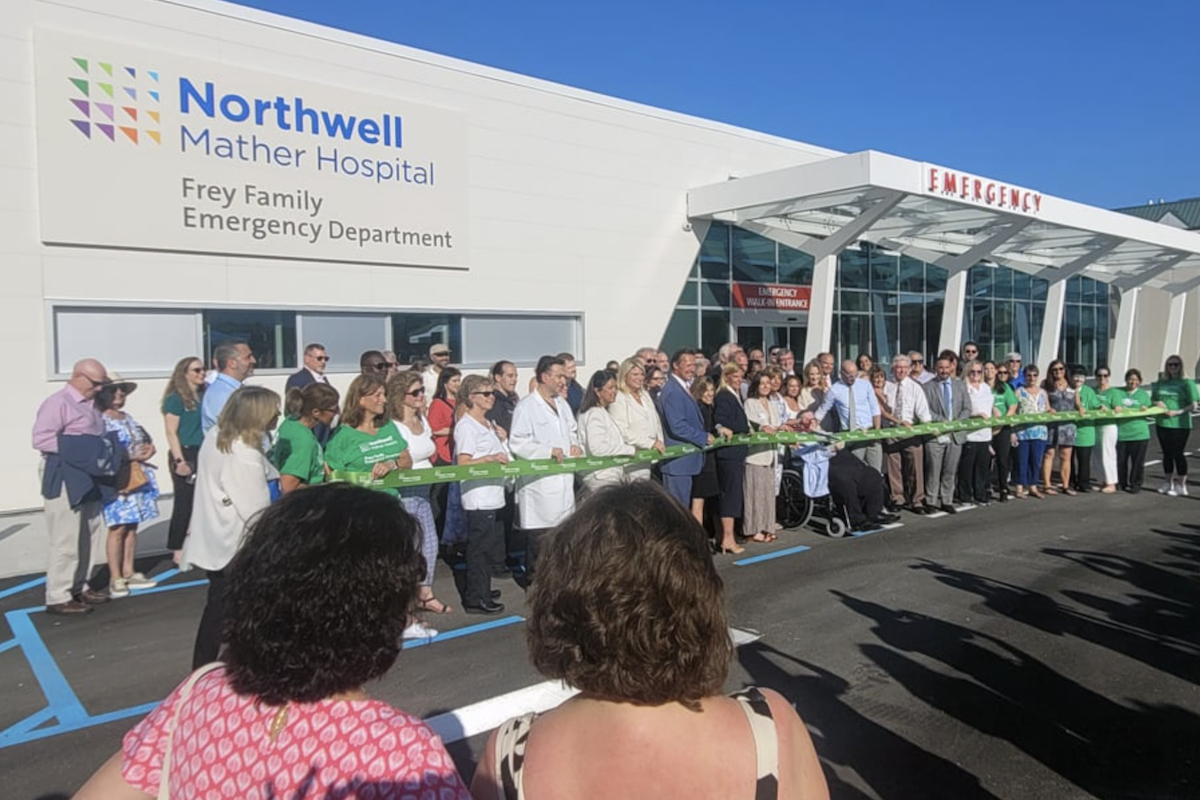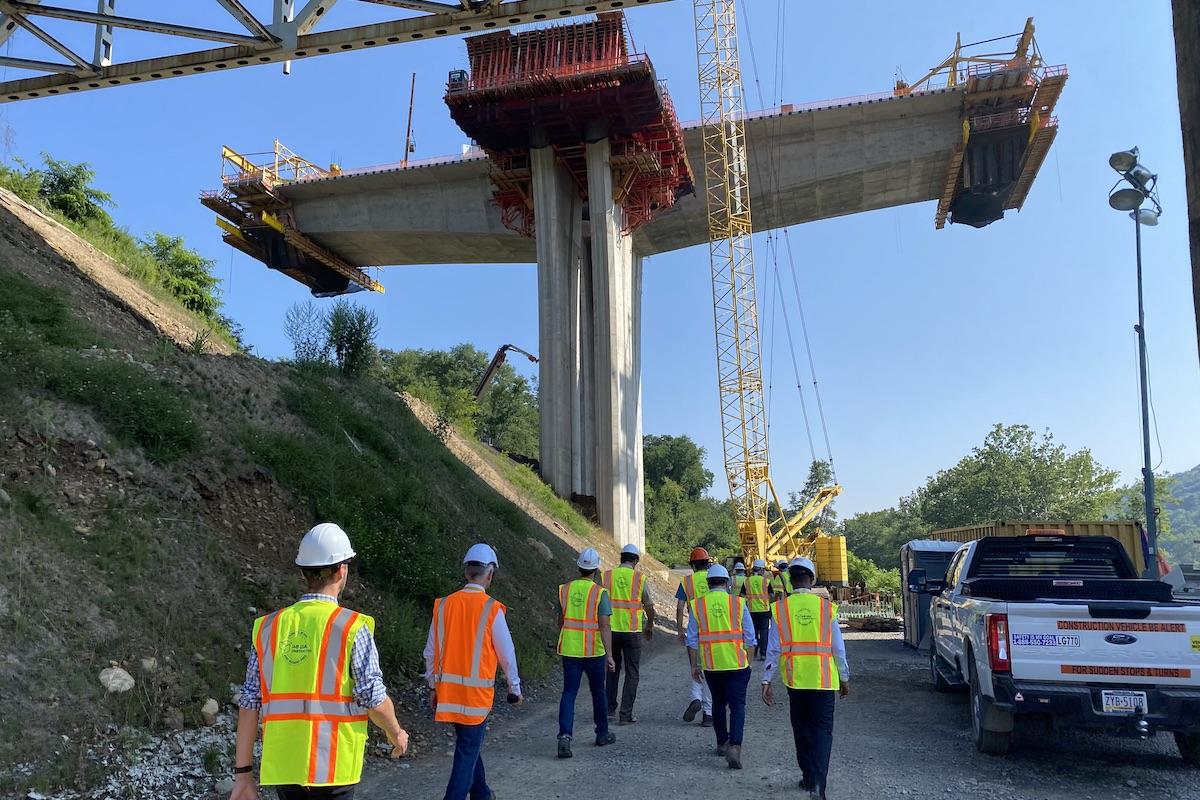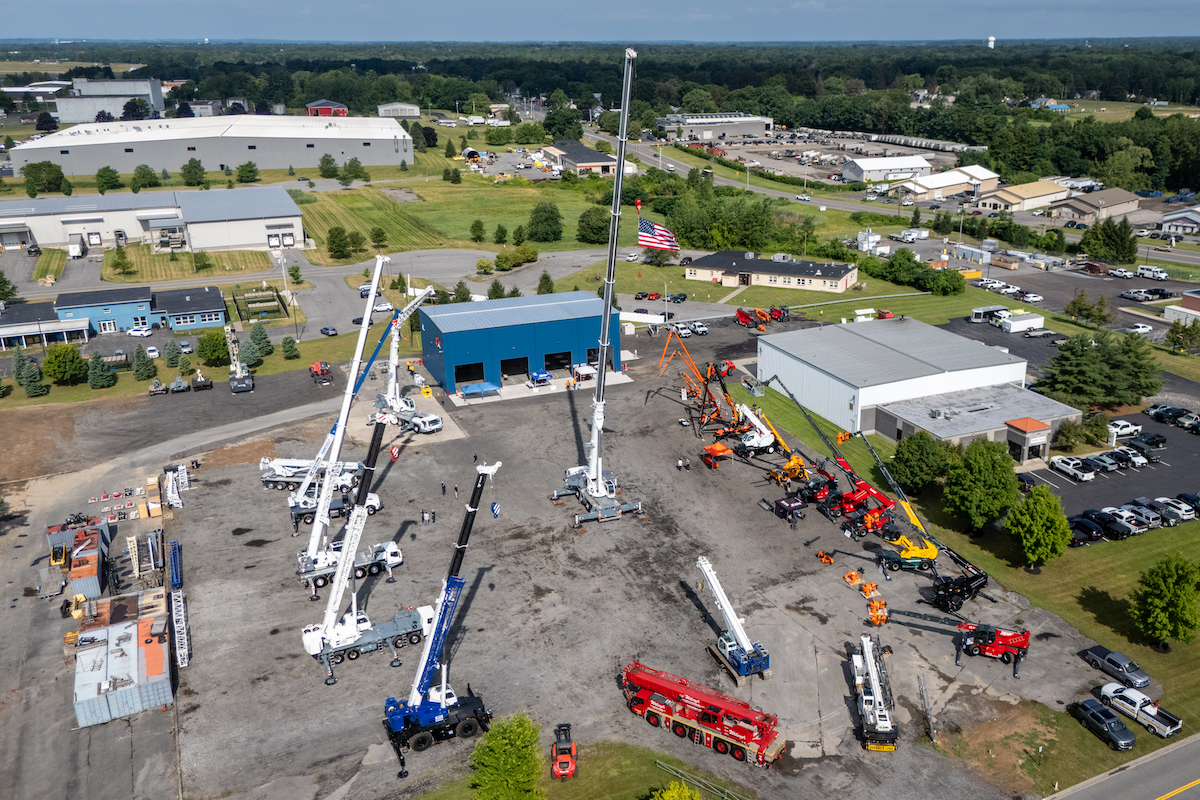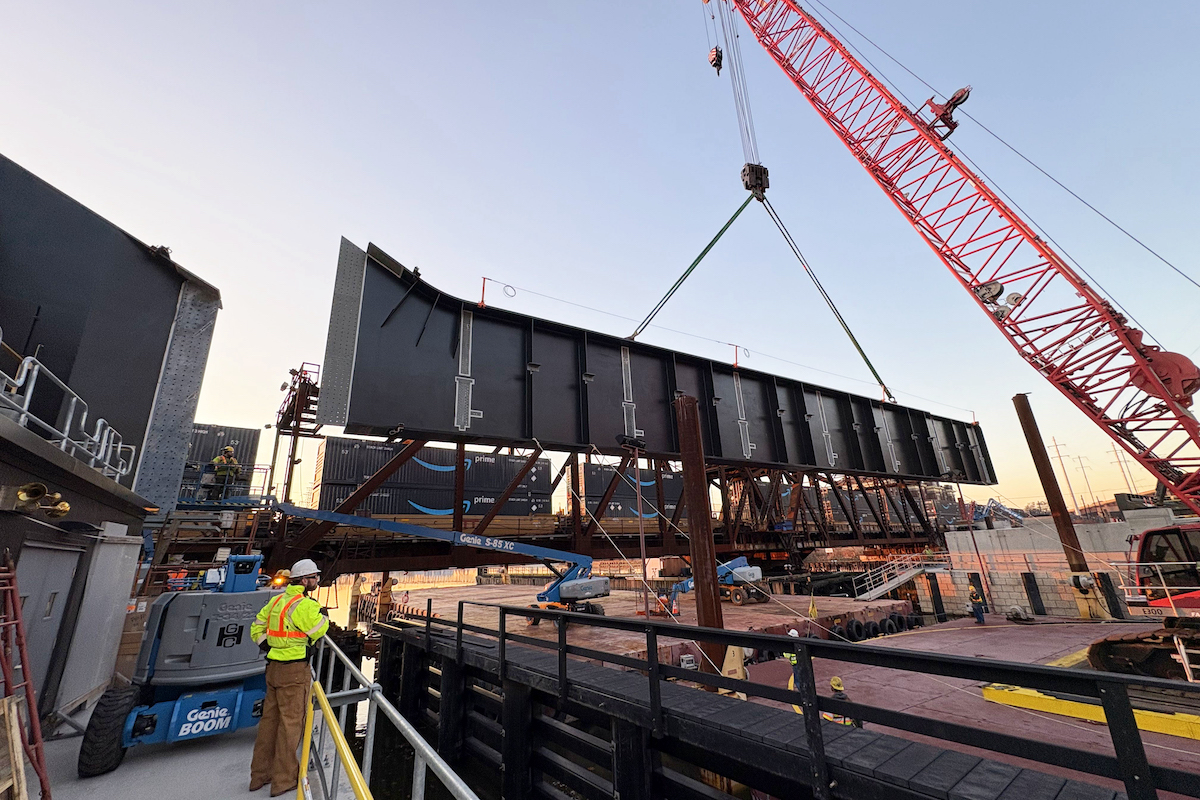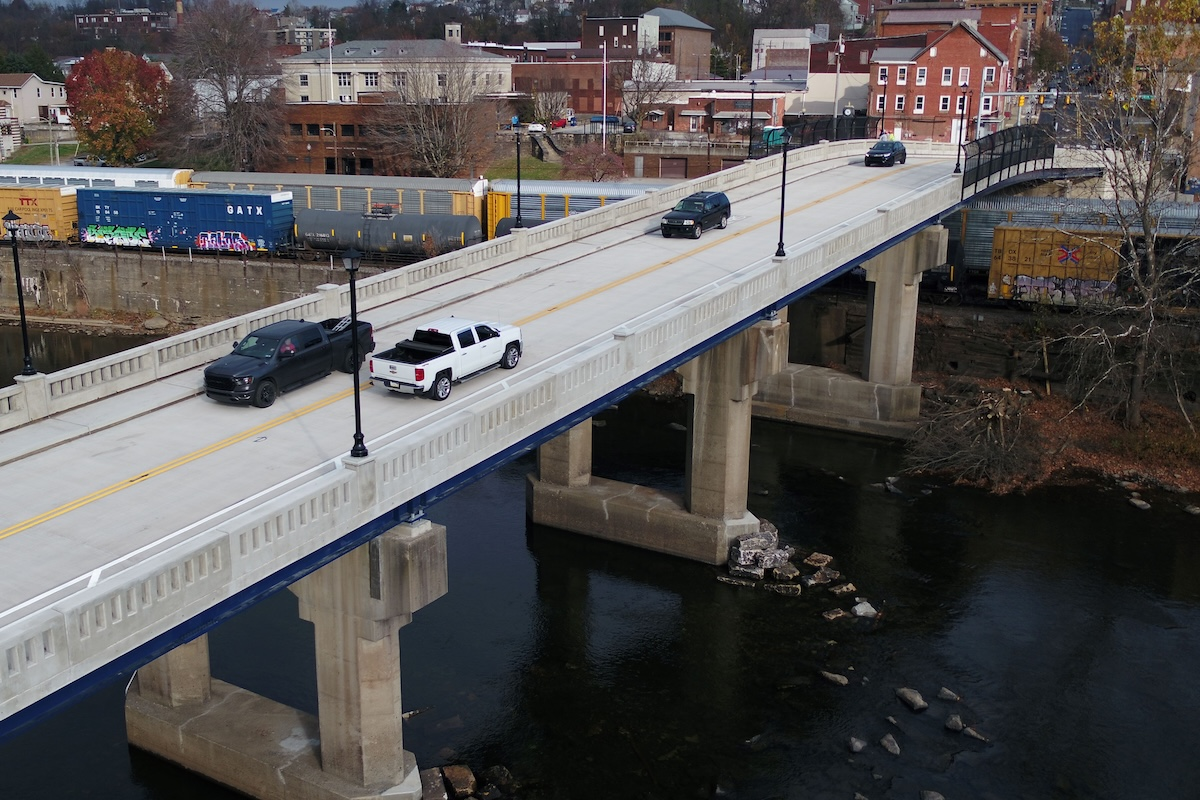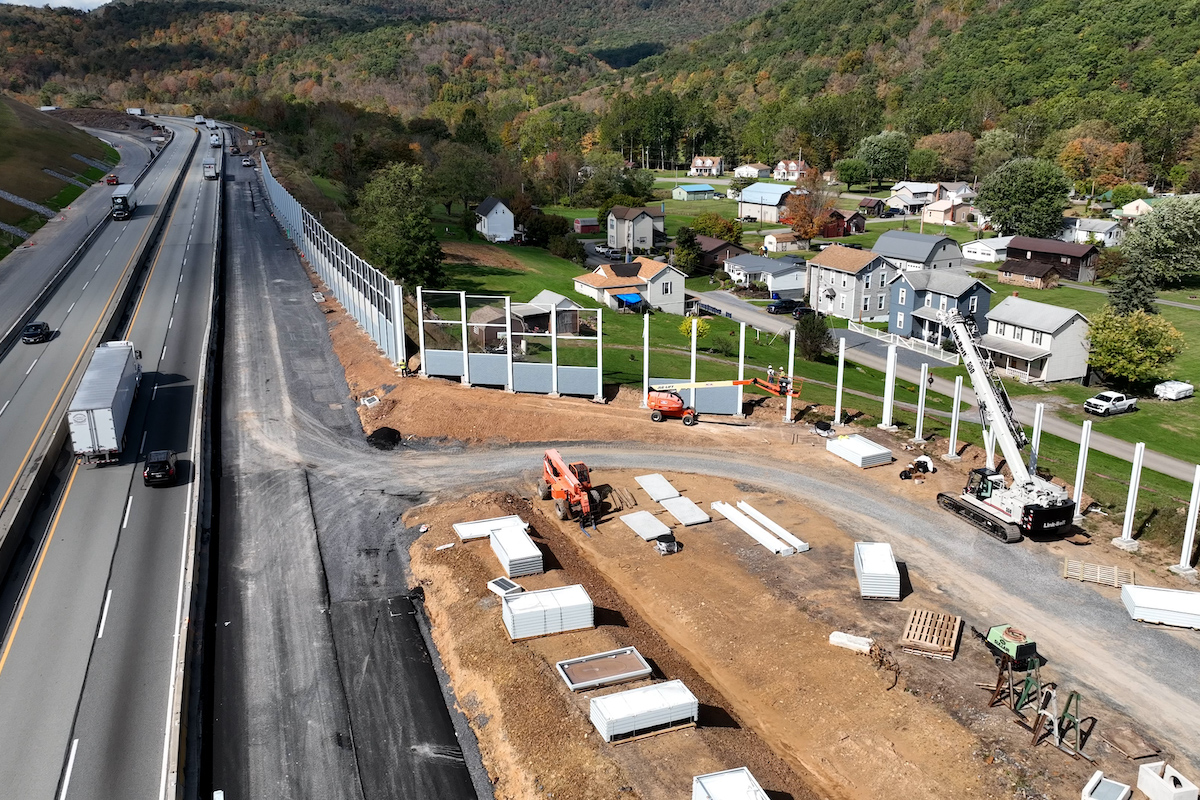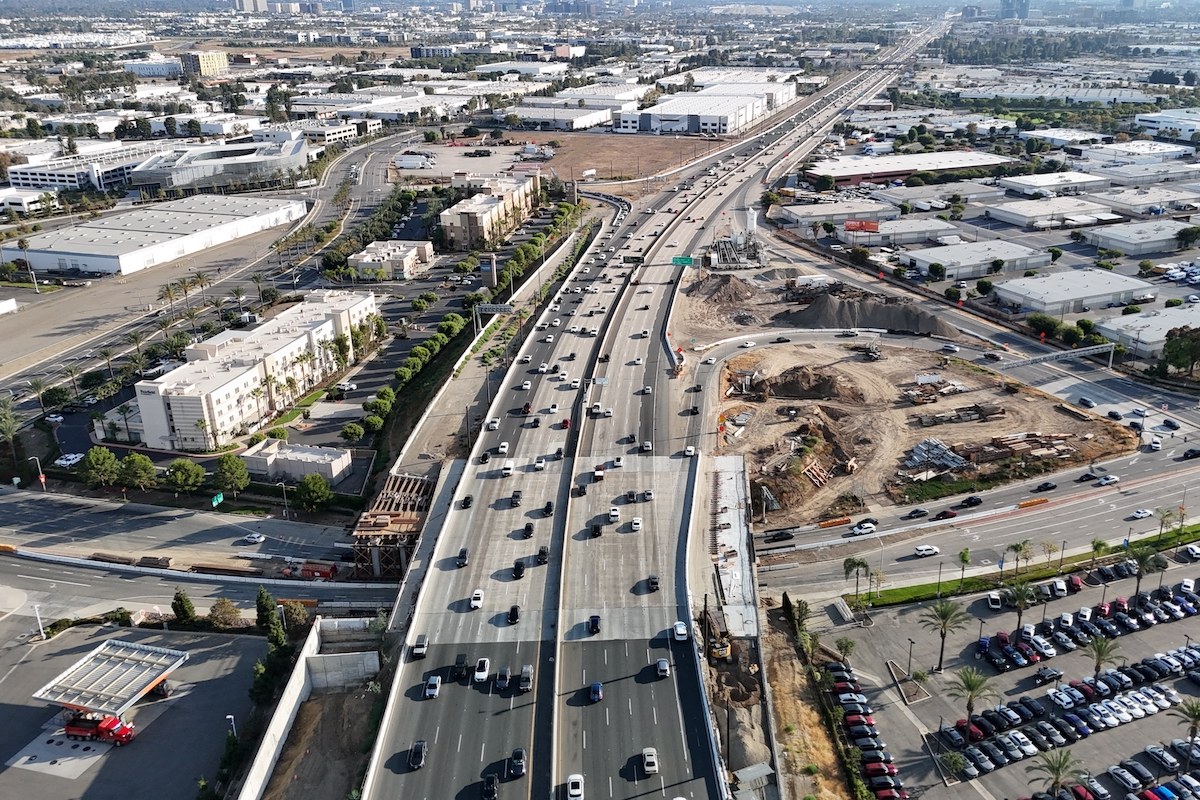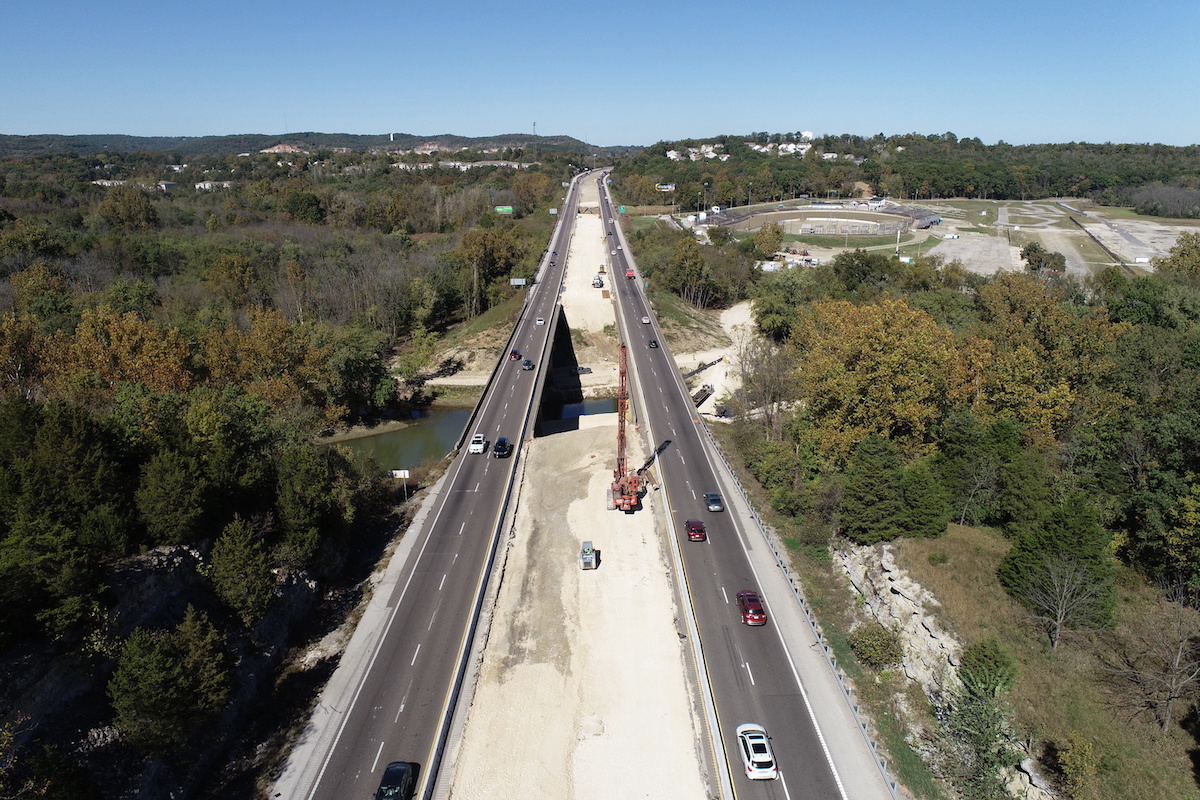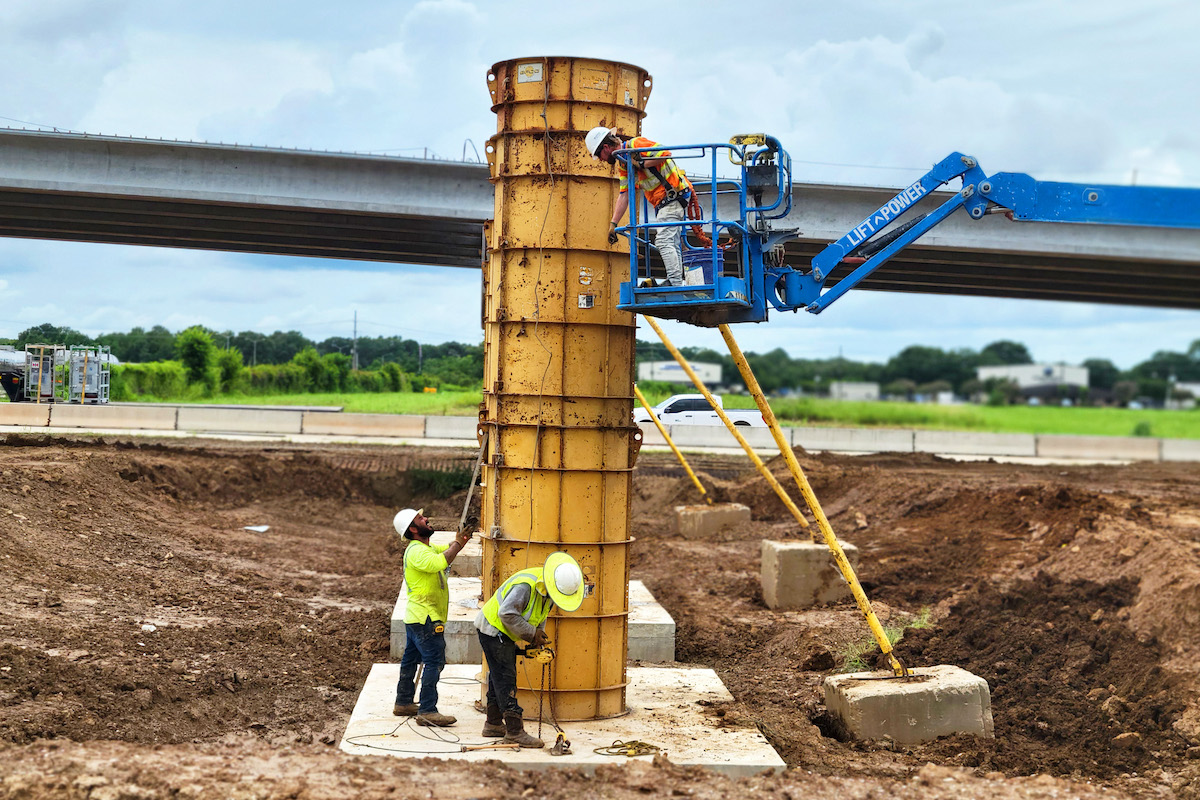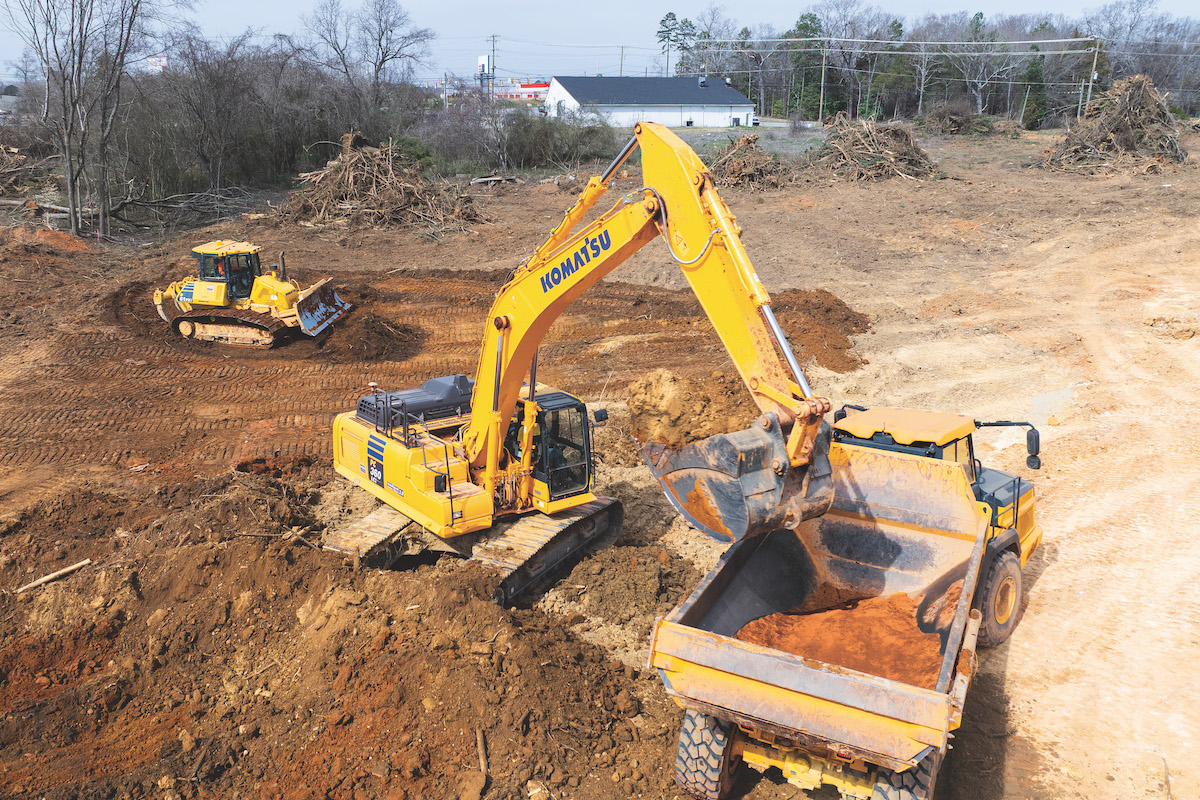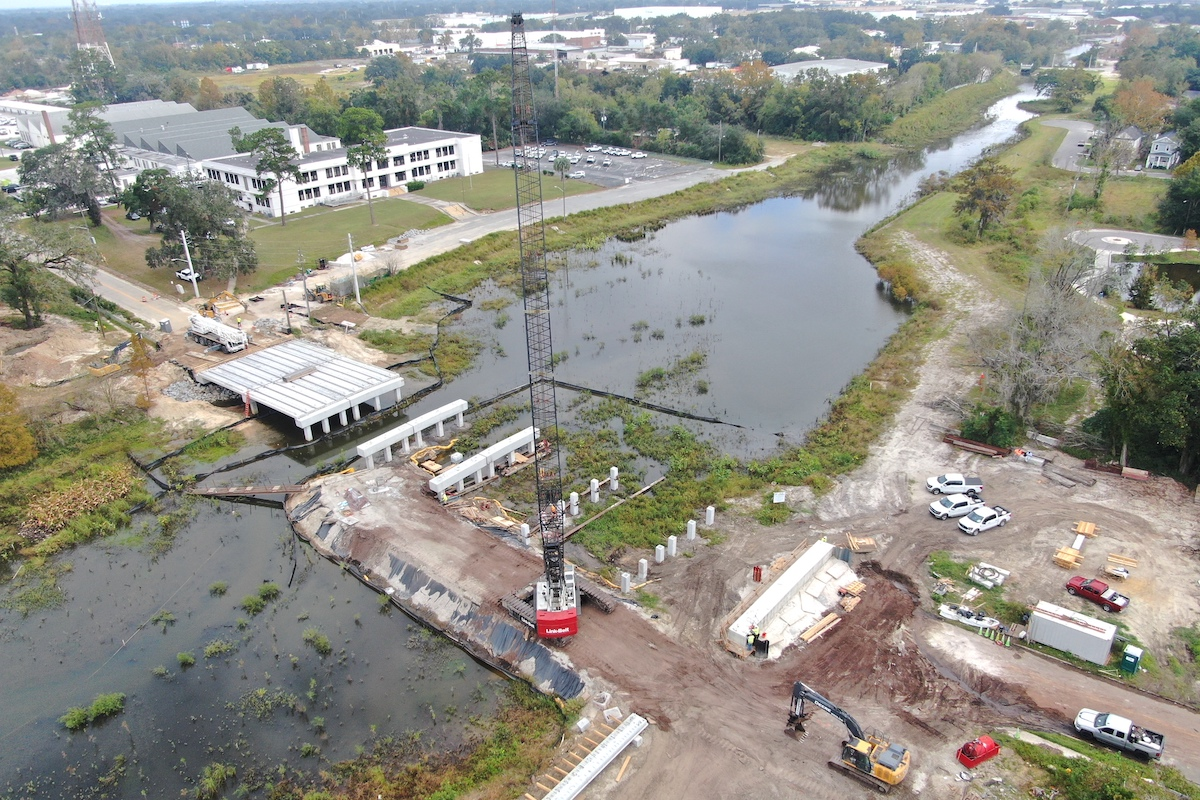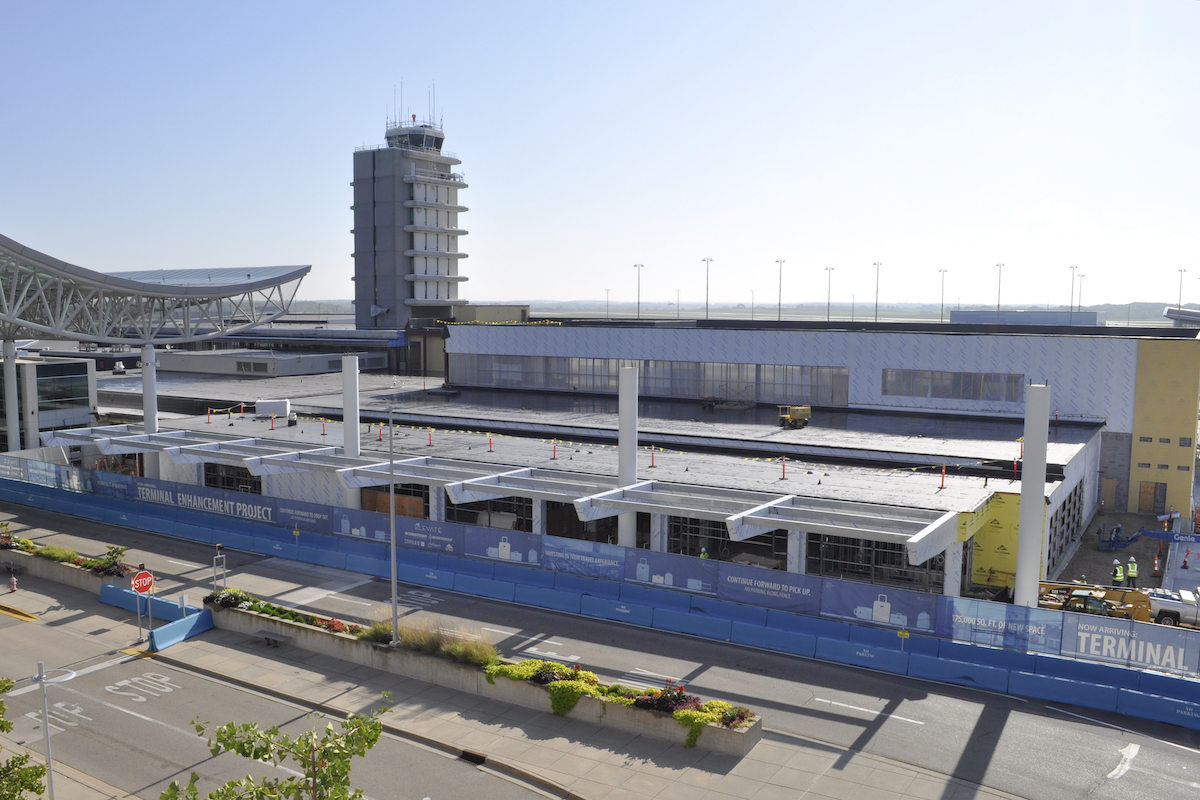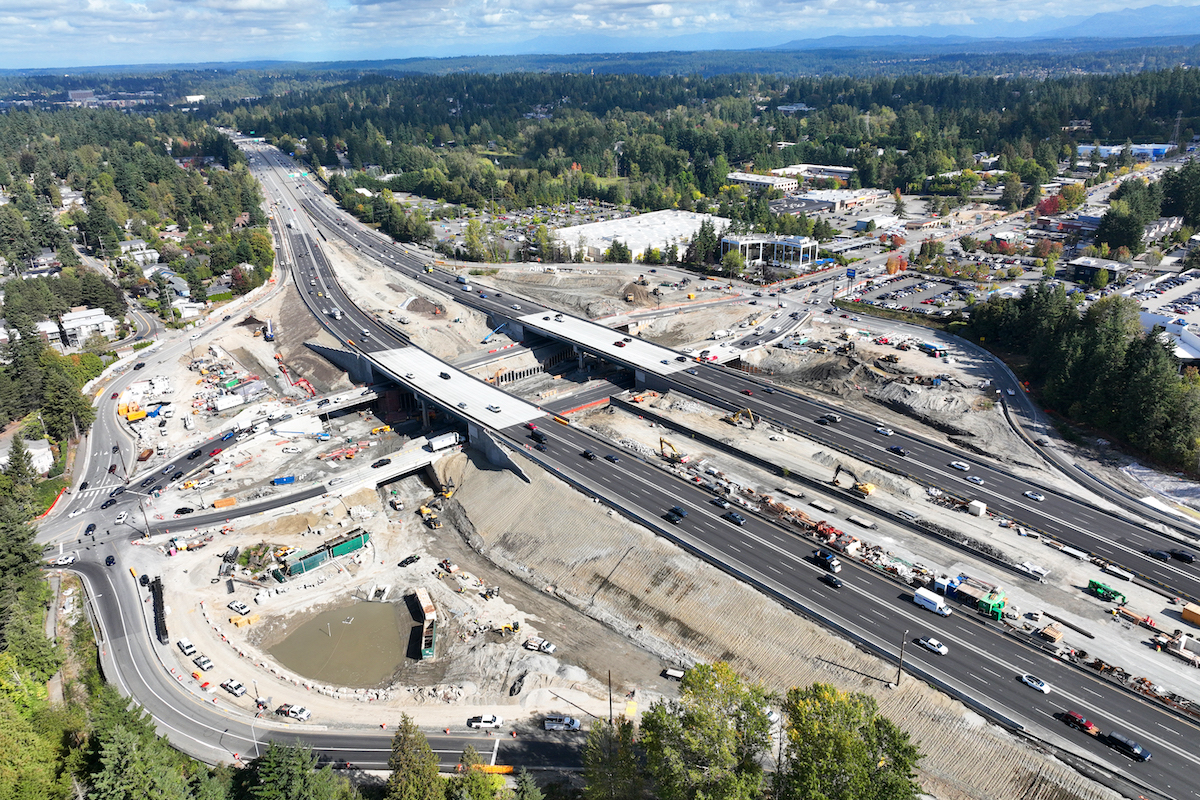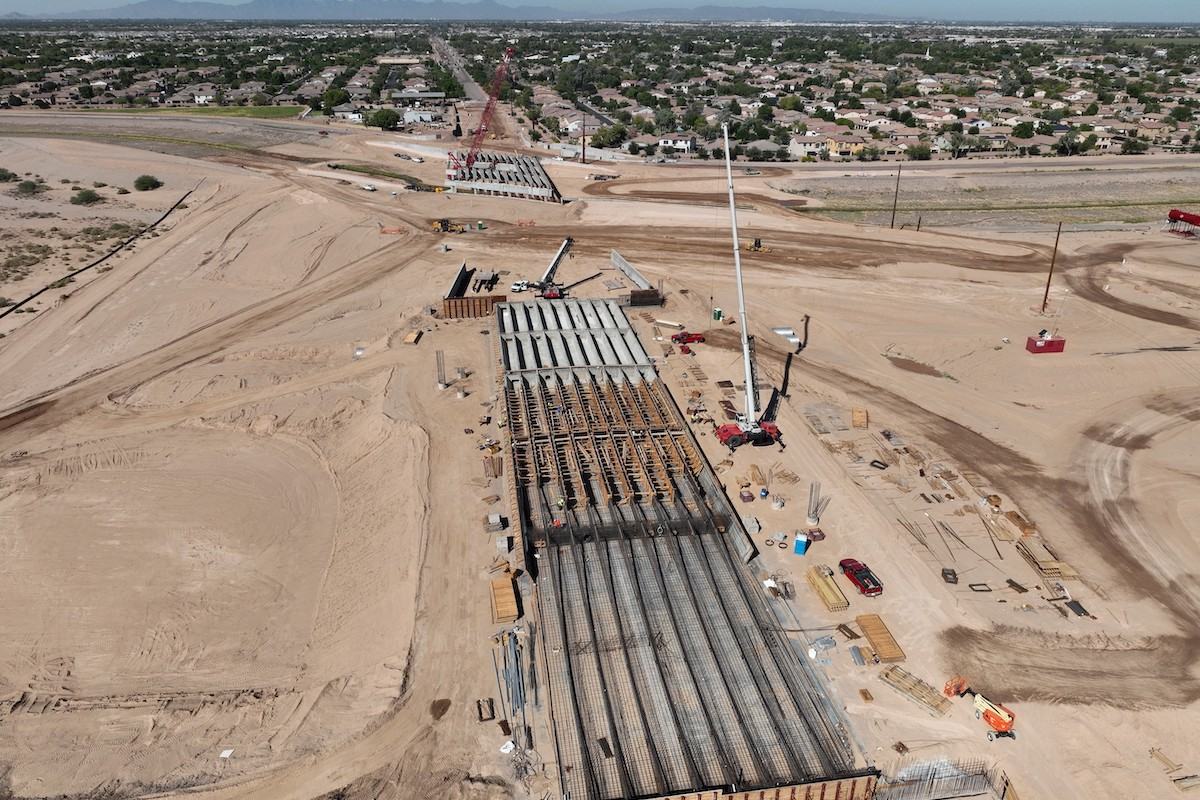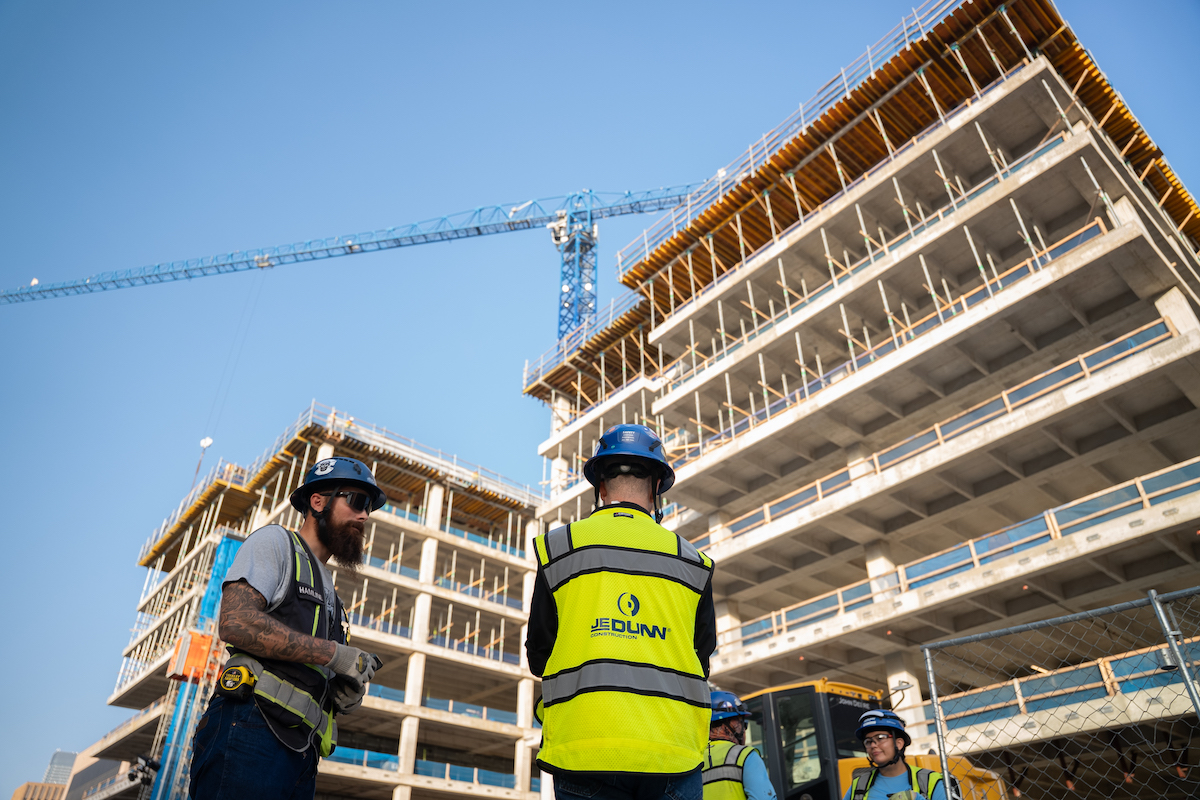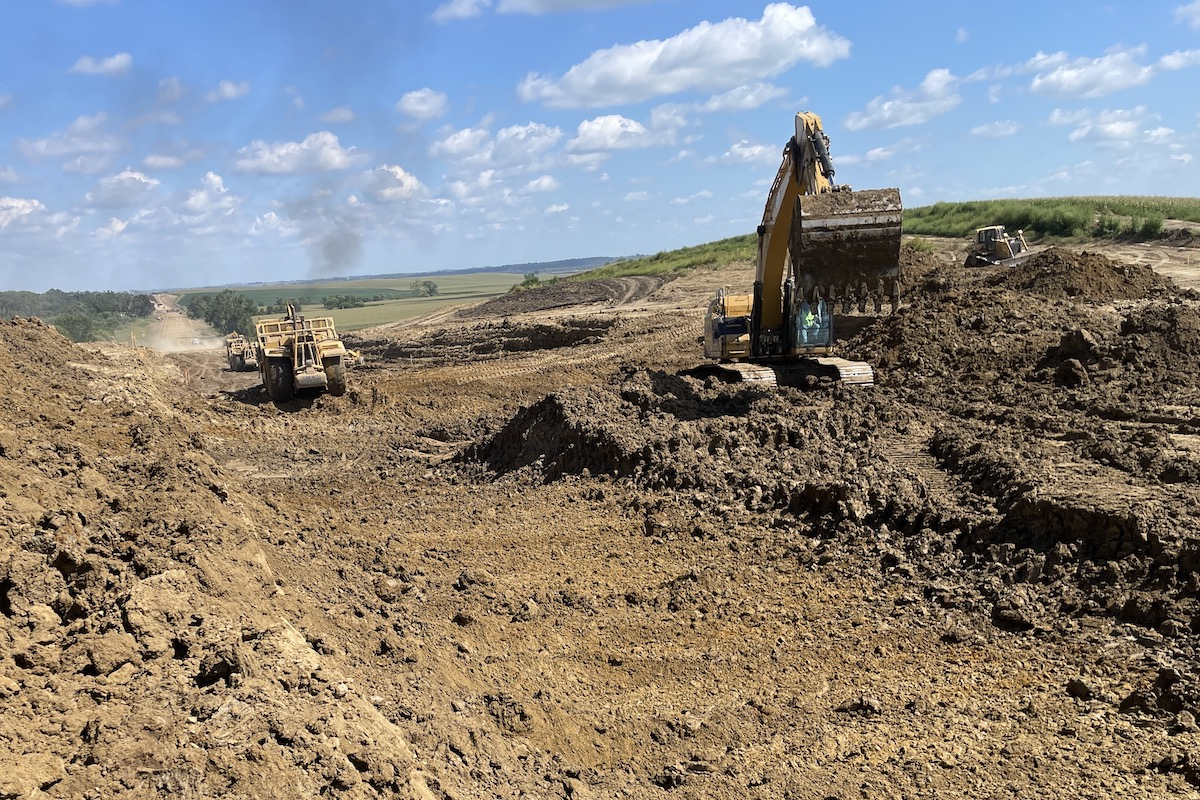The $612 million 183 North Mobility Project upgrades one of the most congested roadways in Texas to provide a more reliable route for the 190,000 vehicles driving on the highway daily in the Austin area.
“The 183 North Mobility Project aims to improve mobility, reduce congestion, and provide more reliable travel times for transit and emergency responders along the 9-mile stretch of U.S. 183 between S.H. 45 North and MoPac,” said Mike Sexton, Director of Engineering at Central Texas Regional Mobility Authority in Austin, a local, independent government agency created in 2002 to develop, deliver, operate, and maintain roadways and related transportation solutions.
“The Mobility Authority is committed to improving mobility for the community with this project including both tolled and non-tolled infrastructure, as well as increasing safety through extensive lighting upgrades and incorporating intelligent transportation system technology for maintenance of traffic and communication capabilities, as well as pedestrian and bicyclist safety and access,” Sexton added.
The Texas Department of Transportation (TxDOT) constructed this section of U.S. 183, with four to six lanes, in 1996. From 1990 until 2010, the population in Austin grew by 70 percent and the population in Cedar Park, Texas, grew by 848 percent. And it continues to increase.
“This congestion not only has economic impacts to the tune of $30.6 million, it impacts quality of life for commuters and residents, and most importantly reduces reliable travel times for transit vehicles and emergency responders,” Sexton said.

| Your local Trimble Construction Division dealer |
|---|
| SITECH Allegheny |
| SITECH Northeast |
The project will add a general-purpose lane and two express lanes in each direction for drivers wanting to avoid congestion and buses. When finished, U.S. 183 in this area will have four toll-free general-purpose lanes in each direction.
The project also includes operational improvements to southbound MoPac, new shared-use path connections, about 1.5 miles of new bicycle lanes, approximately 11 miles of new sidewalks and cross-street connections for bicycles and pedestrians, and multiple modified bridges.
New interior bridges will be added at all existing intersections between Lakeline Mall and Great Hills Trail, and 12 outside bridges will be added between Pond Springs Road and Great Hills Trail. The project also includes a new northbound and southbound direct connector from the 183 North Express Lanes to the MoPac Express Lane and a collector-distributor road structure that will allow bypass of Steck Avenue and Spicewood Springs in the southbound direction along MoPac, according to Sexton.
Drilled shaft foundations, ranging in size from 36 inches to 120 inches, support the bridges. Most of the girders are TX-54, with some TX54Mods for overhangs cast into the girder on outside widening bridges, Sexton said.

| Your local Trimble Construction Division dealer |
|---|
| SITECH Allegheny |
| SITECH Northeast |
The Mobility Authority partnered on this project with TxDOT, starting in 2013. The toll-free lanes received $104.2 million in federal funding available through TxDOT. They will be paved in concrete. The Mobility Authority will fund the remainder of the project, including with toll revenue bonds and Transportation Infrastructure Finance and Innovation Act funds.
The Mobility Authority opted for a design-build methodology and awarded the contract to Great Hills Constructors (GHC), a joint venture between Archer Western Contractors with headquarters in Atlanta, Georgia, and Sundt Construction of Tempe, Arizona, in 2021. Parsons of Chantilly, Virginia, serves as the designer.
“The design-build delivery method can improve efficiencies, reduce costs, and provide a timelier project completion,” Sexton said.
Rather than a traditional groundbreaking during the COVID-19 pandemic, the team decided on a virtual “ground building,” planting trees with educators from schools in the communities along the project corridor.

| Your local Trimble Construction Division dealer |
|---|
| SITECH Allegheny |
| SITECH Northeast |
“The planting of trees represents a special kind of groundbreaking — one where the soil is turned to sow seeds of community, celebrate those who protect the quality of life for the region, and cultivate the improvements that help us grow and move together,” Chairman of the Mobility Authority Board of Directors Bobby Jenkins said at the event. “It is a beautiful way to mirror the goals of the 183 North Mobility Project.”
GHC has worked to ensure opportunities for small, minority, and women-owned businesses and that the needs of Disadvantaged Business Enterprises are being met.
Constructed within the existing right of way, except for drainage easements and existing retention ponds, the project experienced no specific environmental concerns. The team adhered to governmental laws and regulations.
The first year focused on final design, with construction starting in the spring of 2022. Crews are working day and night on the project. GHC has brought in additional crews at times.

| Your local Trimble Construction Division dealer |
|---|
| SITECH Allegheny |
| SITECH Northeast |
The addition of the toll-free travel lane in both directions on the 183 North Mobility Project corridor opened in August 2024, earlier than originally planned.
“Opening the fourth non-tolled travel lane northbound and southbound U.S. 183 has always been a goal of final project completion, however, our agency and contractor prioritized the completion of this incredible milestone early in the project in order to help the flow of traffic as construction continues,” Sexton said. “This accomplishment is very rewarding and is tangible evidence of our overall commitment to improve mobility while lessening, where possible, any potential negative impacts of construction. The Mobility Authority’s aim is to keep Central Texans moving, and we’ve made great strides in that effort with this completion.”
The retaining walls are the most challenging aspect of the project, according to Sexton. Crews are building 59 retaining walls to support the outside widening of U.S. 183 main lanes between the existing retaining walls and frontage roads. Some walls feature five different types of wall.
“[The project area] does not leave much space for crews to build walls that can be up to 25 feet tall,” Sexton said. “This challenge caused the project’s designers to come up with eight different wall concepts depending on space constraints.”

| Your local Trimble Construction Division dealer |
|---|
| SITECH Allegheny |
| SITECH Northeast |
The contractor has mostly used traditional equipment to accomplish the work.
“GHC is using drones and truck-mounted 360 cameras for progress updates and real time tracking in conjunction with design linework, and they have employed prismless targets to monitor existing walls and ensure no movement is occurring,” Sexton said.
The project has required temporary lane closures. The Mobility Authority has incentivized the contractor to plan U.S. 183 main-lane closures during off-peak times when possible, and to complete most traffic-impacting activities at night. Daytime work focuses on activities outside of the roadway. Some frontage road lane closures will last longer as crews build the project. No roadwork can take place on holidays or during special events, except as approved by the Mobility Authority and TxDOT.
“The team has prioritized communicating effectively with motorists and residents along the project corridor to set clear expectations for the work underway,” Sexton said.

| Your local Trimble Construction Division dealer |
|---|
| SITECH Allegheny |
| SITECH Northeast |
A daily list of lane closures is available on the project website. Motorists also can sign up for a weekly Travel Alerts email for the latest information on traffic impacts.
The Mobility Authority anticipates the project will open to traffic in 2026.
“Our goal is to manage congestion and provide a reliable route for transit and emergency response,” Sexton said. “Transit vehicles and emergency response vehicles will be able to use our tolled express lanes at no charge and get to you more reliably when you need them the most. Congestion has negative impacts on the economy, the environment, and people’s quality of life, as well as safety, among other things, and this project has a goal of addressing that problem for this heavily trafficked area of Austin.”
Photos courtesy of Central Texas Regional Mobility Authority








